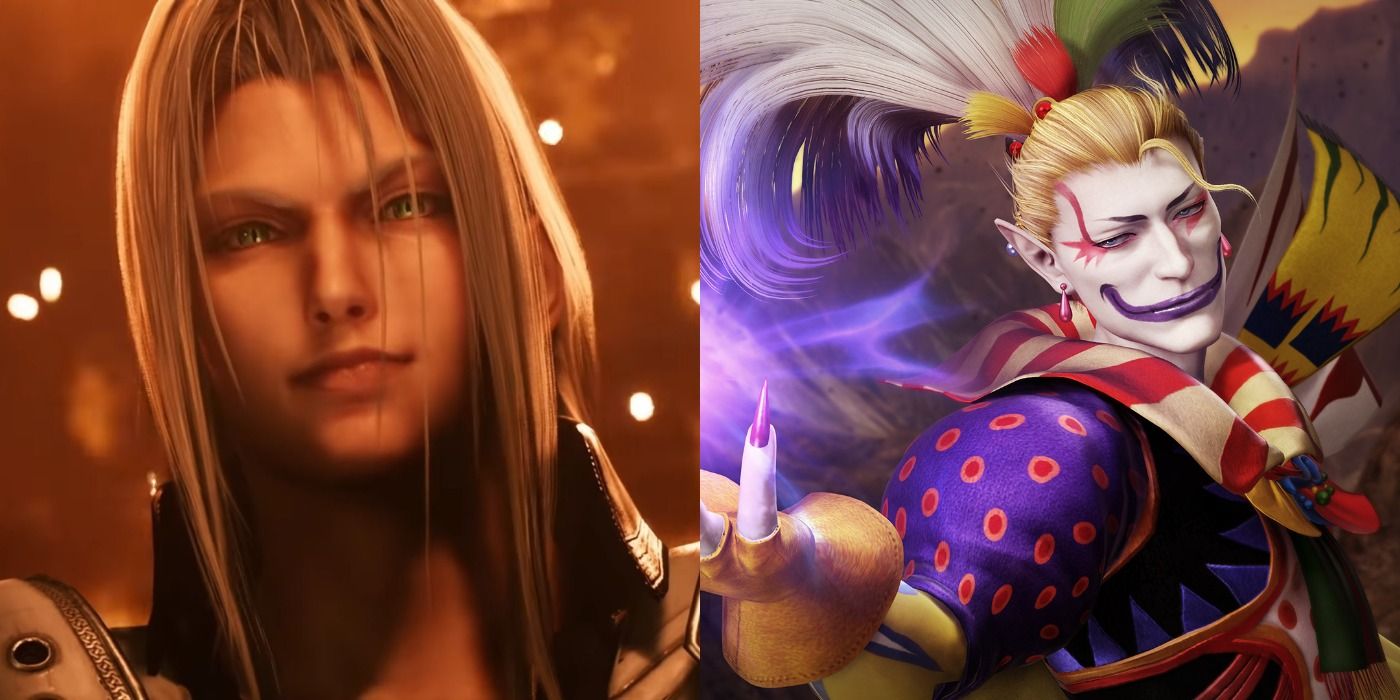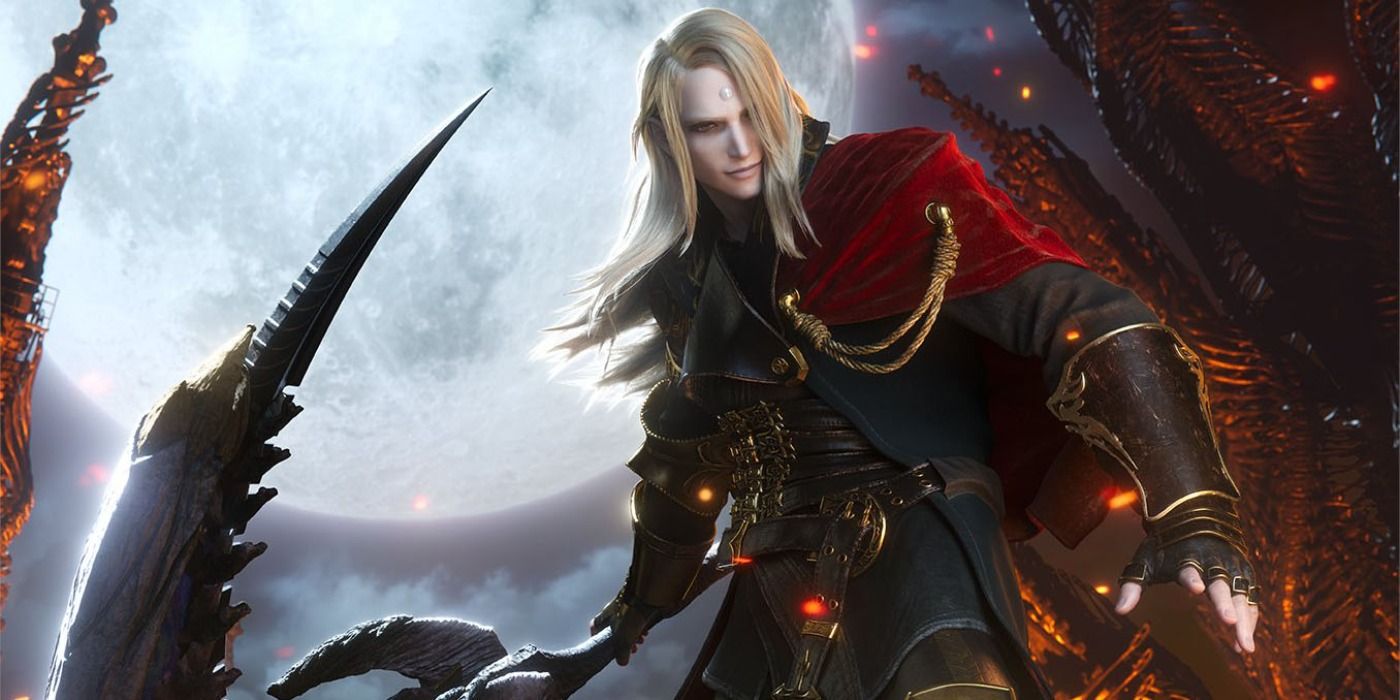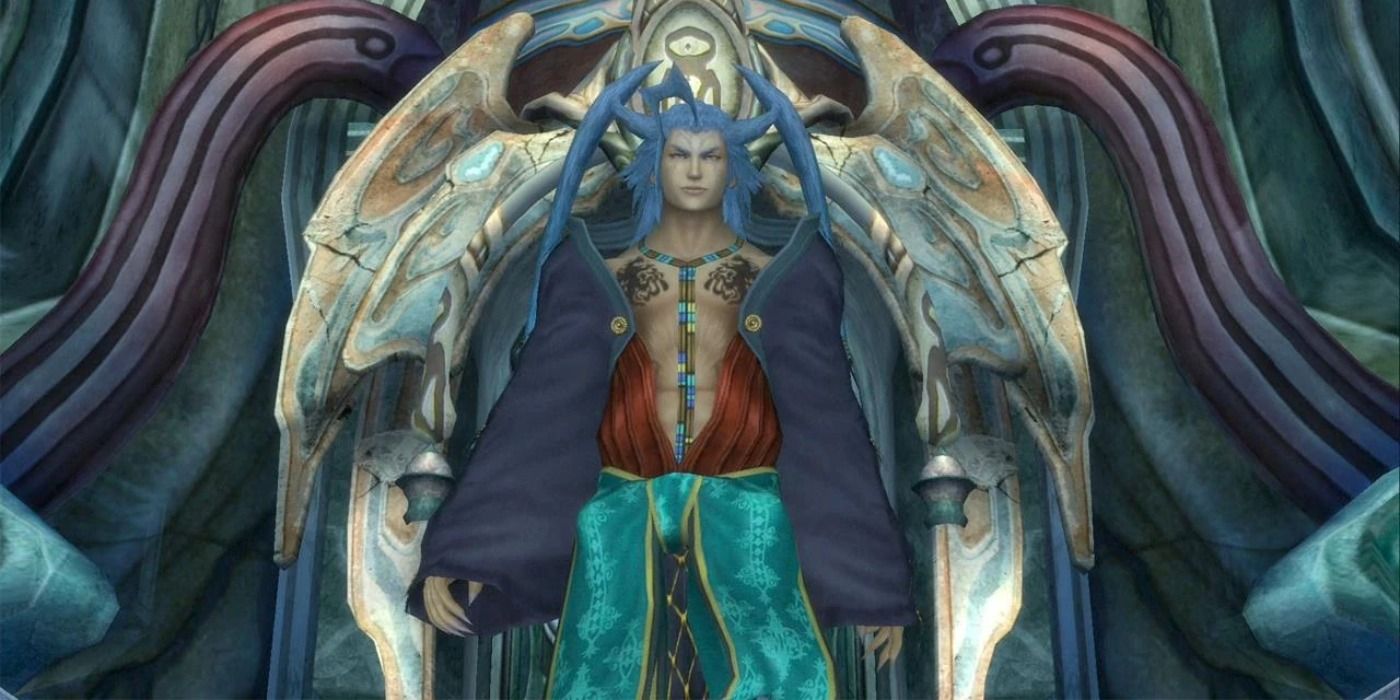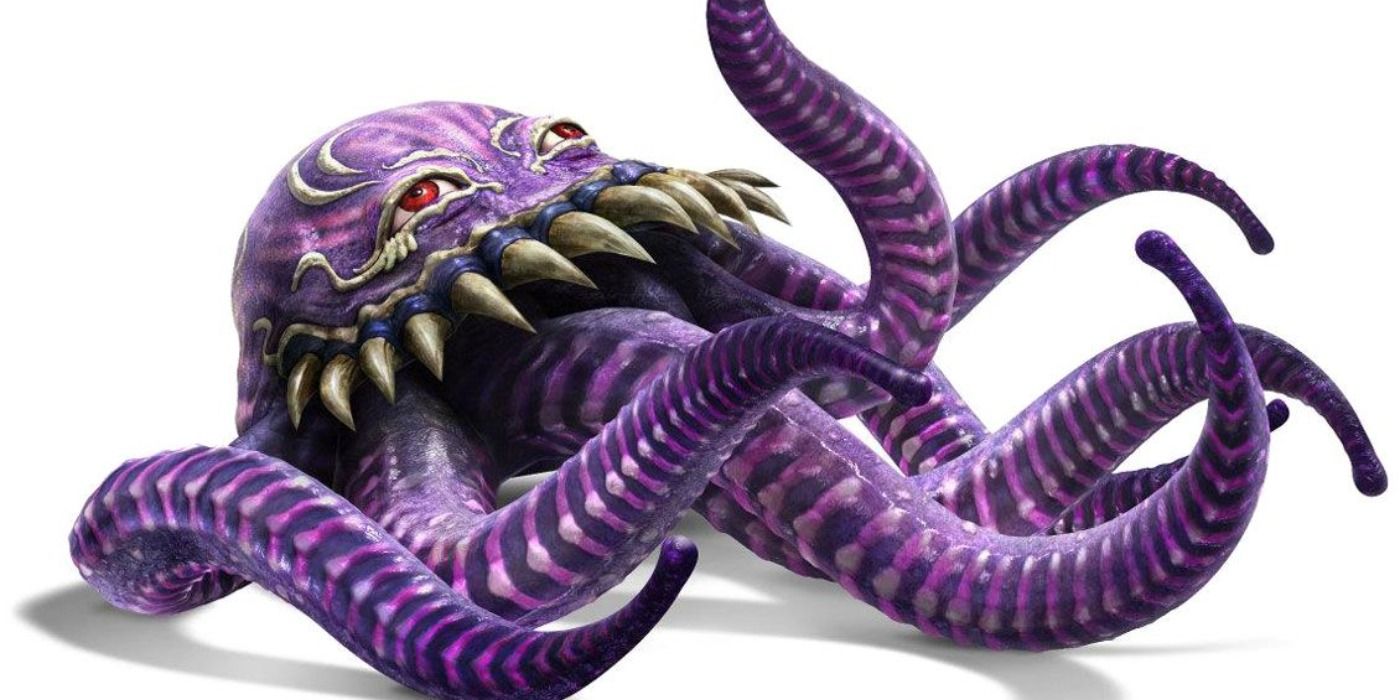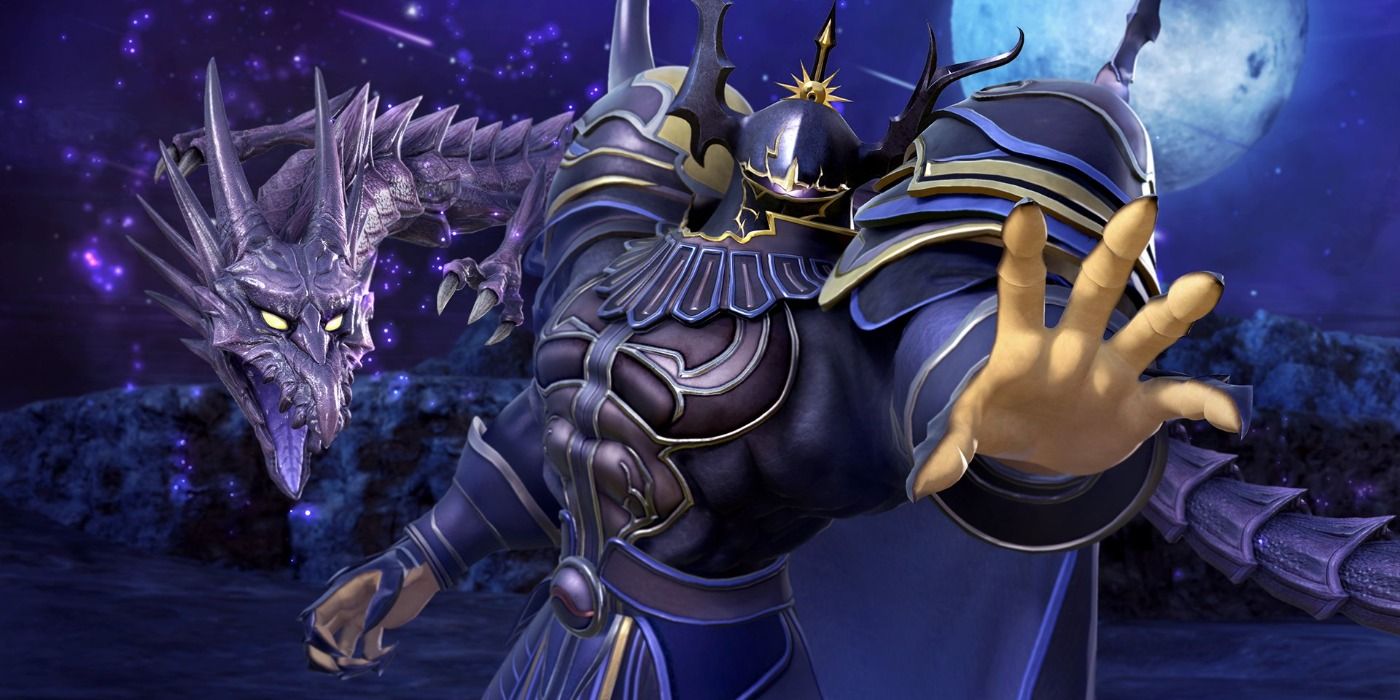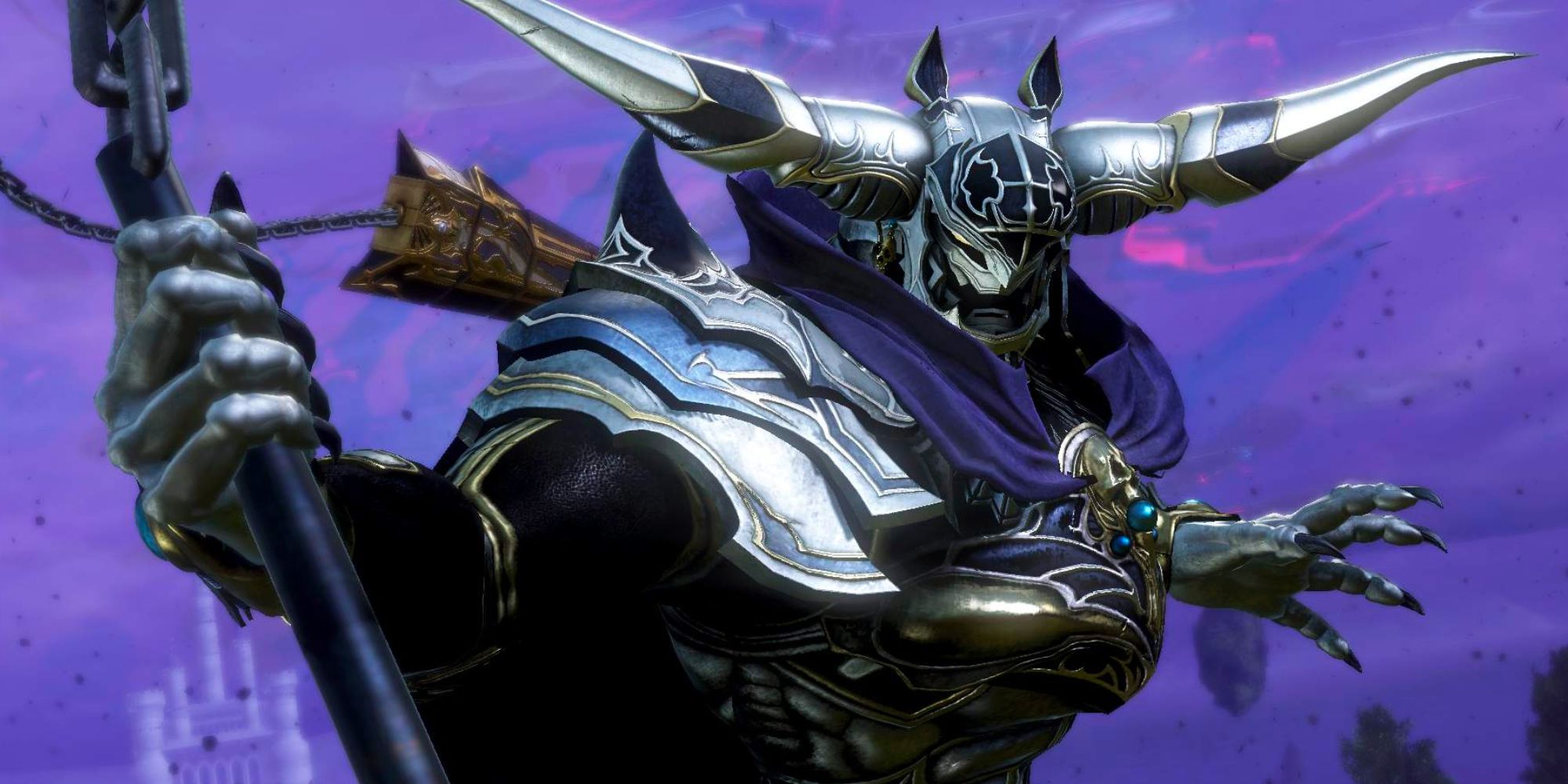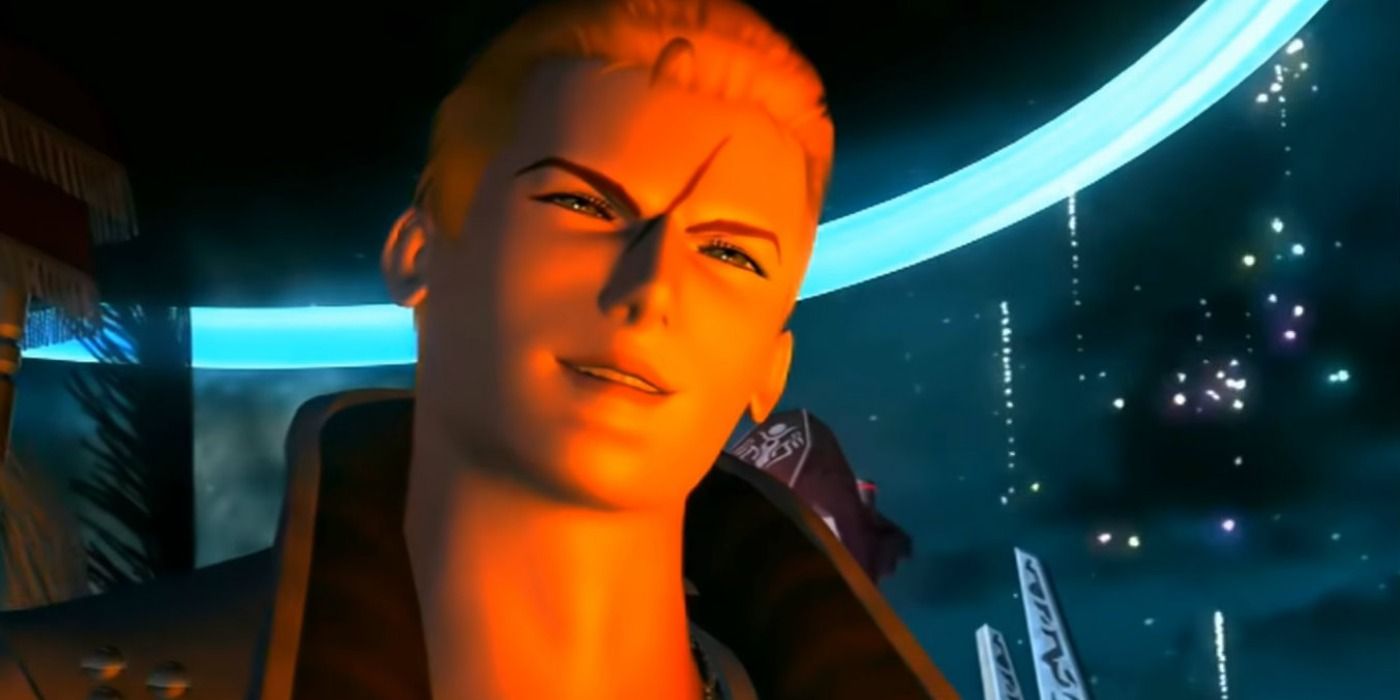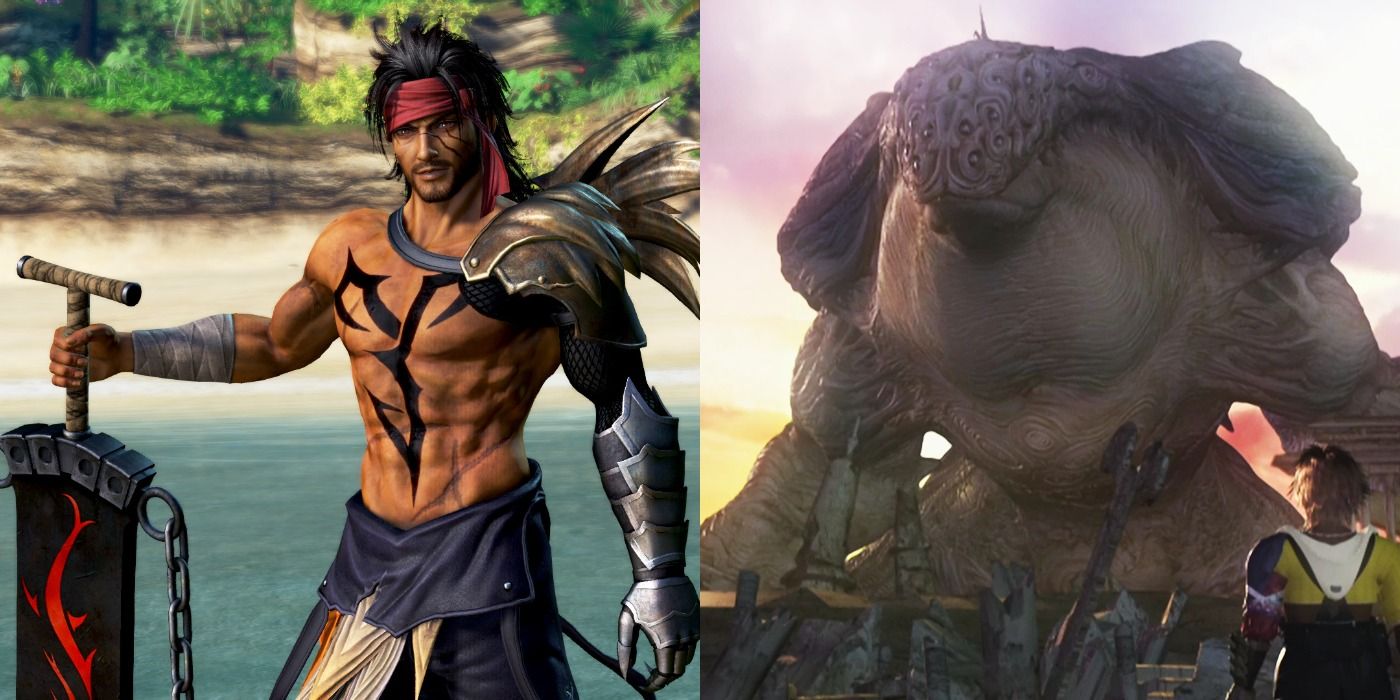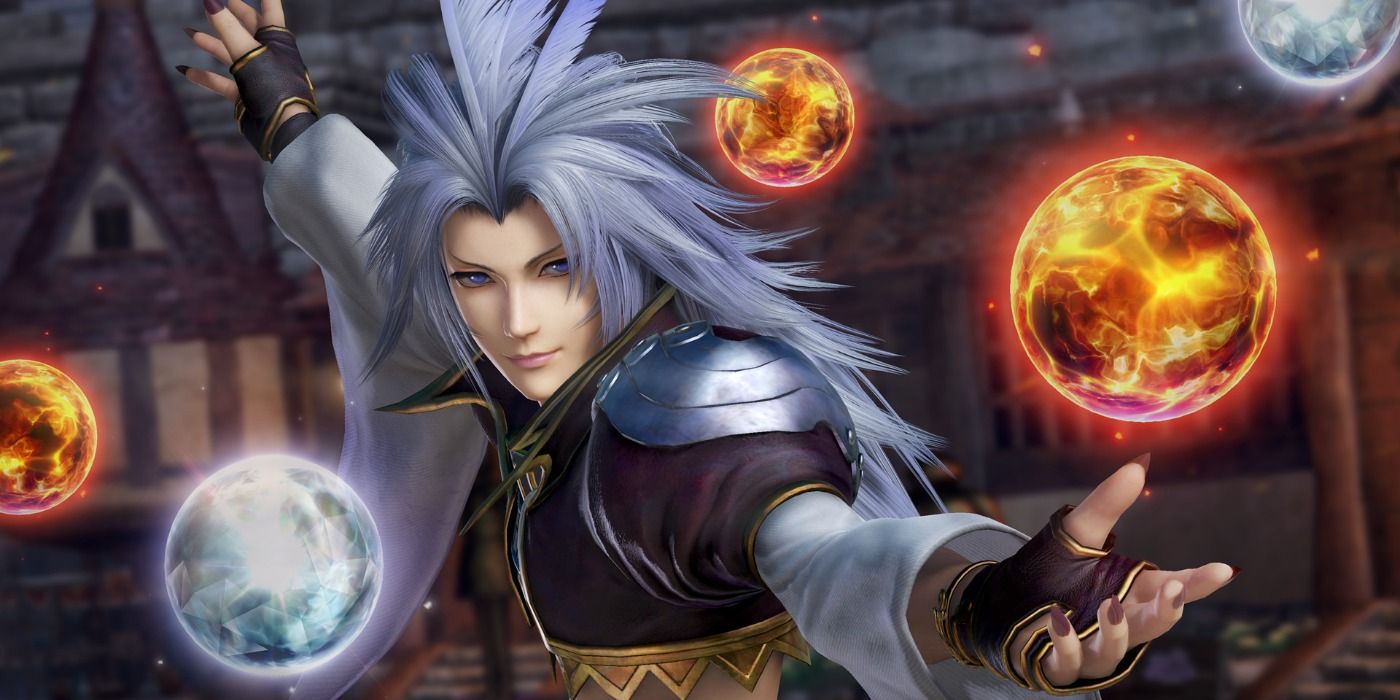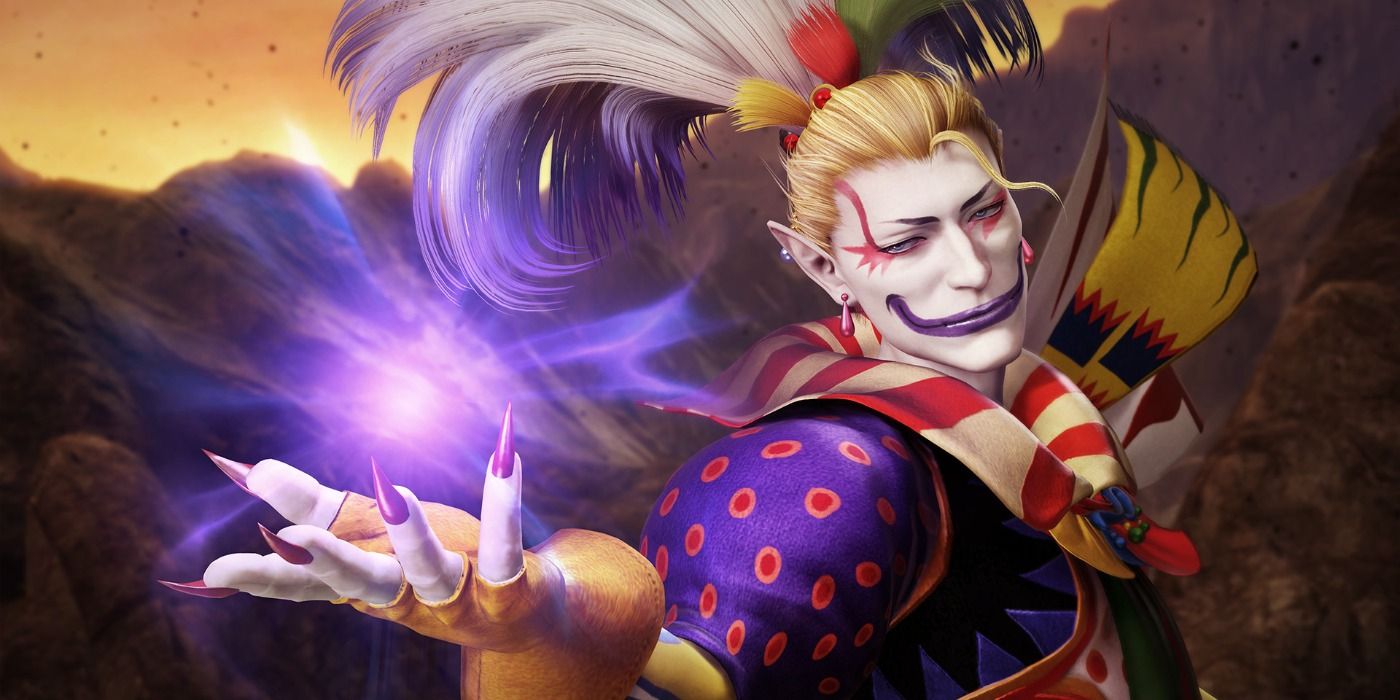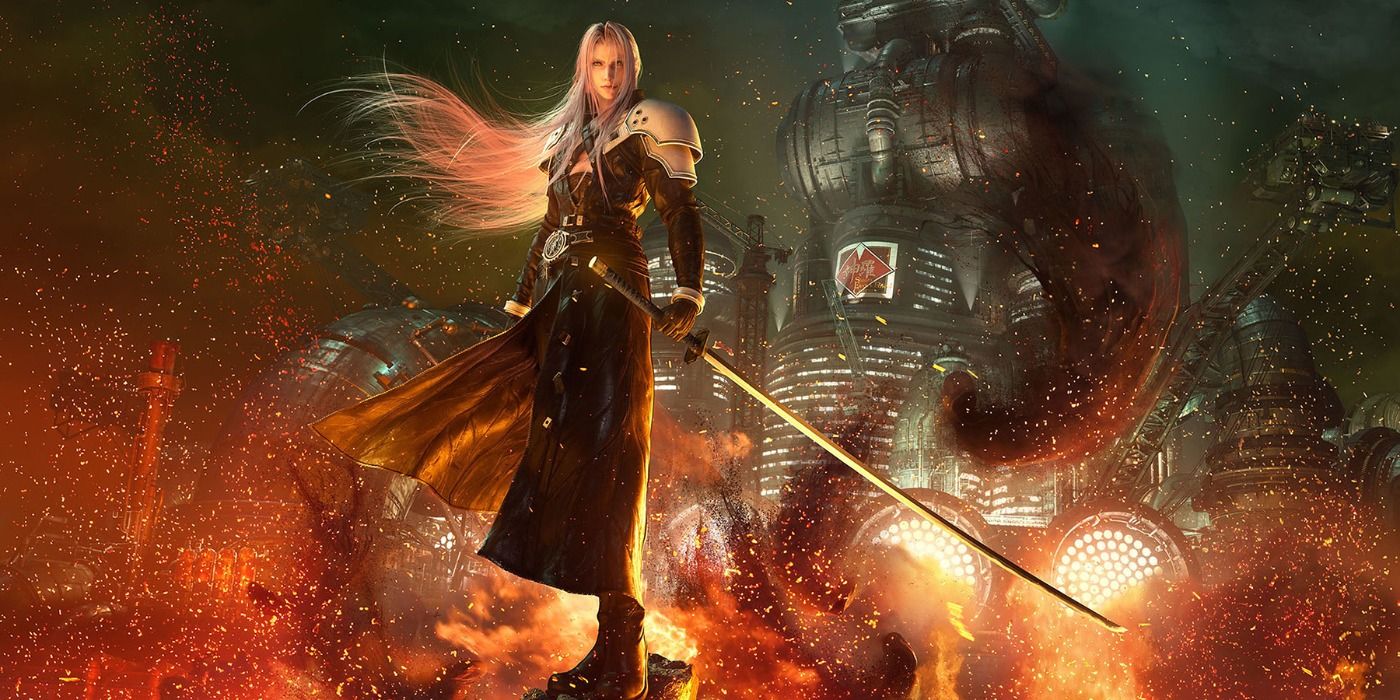As one of the gaming industry's most prestigious and enduring JRPG franchises, Square Enix's Final Fantasy series has amassed a diverse catalog of villains over its 34-year-plus history that's sure to continue in 2023's FFXVI. The series' anthology-style approach allows for a good revolving door of villains with each new mainline entry.
Ranker's voting community put together an overall list of their favorite Final Fantasy characters, including main and supporting villains that have appeared throughout the games. These range from the iconic one-man apocalypse that is Sephiroth in FFVII to the unapologetically maniacal Kefka Palazzo in FFVI.
Zenos Galvus
Despite taking a bold direction by being an MMORPG as opposed to a traditional single-player JRPG, Final Fantasy XIV proved to be one of the biggest comeback stories in gaming and among the best games in the franchise. Along with that achievement came a sweeping and engrossing long-form story and a wide cast of characters.
That includes the long-running villain Zenos Galvus, who featured as a villain in Final Fantasy XIV from the second expansion Stormblood and then in Shadowbringers and Endwalker. While his motivations are shallow for a villain (wanting a fight that challenges him), his role opposite the protagonist makes him intriguing. Throughout the three expansions, Zenos serves as a dark parallel to the hero.
Seymour Guado
FFX is one of the most acclaimed and beginner-friendly Final Fantasy games in the franchise thanks to its intuitive gameplay mechanics and linear, yet substantive questline progression. However, another department where X shone through was in its immersive and emotional storytelling.
And a key element of that was having an equally-compelling villain in Seymour Guado. After gaining high political power in Zanarkand, it's not exactly subtle that he's a villain, but his tragic backstory and the nihilistic worldview that grew from it are what makes him so formidable despite not being the central antagonist.
Ultros
Final Fantasy has been known for bringing back older characters -- like Cid -- in new forms despite the series being mostly structured as anthology-style stories. There's admittedly not much to Ultros, a carnivorous purple octopus-like monster who serves as a recurring side enemy throughout the games.
The corny, wisecracking villain first appeared in FFVI as an incompetent series of boss encounters with Typhon as his right-hand man and muscle, and appears in later mainline and spin-off Final Fantasy games. Overall, Ultros is more of a comedic-relief enemy that fans have grown to love to hate and knock his ego down a couple of pegs.
Man In Black/Golbez
The Man in Black -- later known as Golbez in FFIV: The After Years -- was the supporting antagonist of Final Fantasy IV. With the advancements the games achieved through increasingly better hardware and writing, IV became the most ambitious entry for its time, as it modernized more layered and dramatic fantasy storytelling in RPGs.
Part of that character drama came from the Man in Black, as he's revealed to be the brother of protagonist Cecil. After their mother's death shortly after Cecil's birth, a mysterious voice manipulated him into becoming the villain that he was, believing Cecil to be the reason why he lost both of his parents.
Garland
Though certainly far more important than the likes of Ultros, Garland is a Final Fantasy villain that has little to him in terms of depth for other reasons. He serves as the main antagonist of the first game, but he's a typical bombastically evil villain one might find in another generic fantasy story.
That being said, his incredible character design and grandiose plan to create an eternal time loop to achieve immortality served a genuine threat. And, impressively, Garland is the rare example of a Final Fantasy villain successfully executing his master plan -- even if he dies afterward.
Seifer Almasy
VIII occupies a strange place within the fan base, as the game simultaneously garnered the most acclaim for a Final Fantasy game and fan divisiveness. This came partly due to VIII's admittedly complex-to-a-fault Junction System that can easily make or break a playthrough, but it delivered one of the series emotionally satisfying stories.
Opposite protagonist Squall Leonhart is his ex-comrade Seifer Almasy, who proves to be a constant thorn in his side as the latter is desperate to ruin his longtime rival's life. His character arc as a villain is interesting to see flesh out parallel to Squall's compassionate and heroic growth, culminating in Seifer's inferiority complex reaching a breaking point.
Jecht/Sin
Jecht is something of a technical villain in the series, as he became the unwilling final boss of Final Fantasy X. He's Tidus' father and a former high summoner, but in defeating the prophetic monster Sin he had his soul fused as a new core for the monster for a decade.
This, though, is what makes Jecht such an interesting and tragic character. The question of Tidus' origins and the truth behind his parents were a mystery throughout the majority of FFX's story, so learning that backstory through Auron was one of the most powerful plot points of the game and effectively conveyed the stakes between the fight against Sin.
Kuja
Final Fantasy IX is also frequently regarded as a franchise classic, with characters like Zidane, Vivi, and Garnet being some of the most memorable cast of heroes in the series. Thankfully, Kuja was able to match that level of quality on the antagonists' side of the roster.
Kuja functions as a dark foil to Zidane, as the latter swashbuckling rogue took a past of tragedy and eventually managed to come out the other side as a hero. Kuja took his traumatic past, defined by neglect and rejection, and turned into a fearsome and tragic villain. Thanks to that narrative connection between the two, he's a well-written sympathetic antagonist.
Kefka Palazzo
The topic of which Final Fantasy game is the best in the franchise will result in different answers within the same fan base. That being said, FFVI is frequently in the discussion of the best Final Fantasy game and overall story.
A big part of that was the memorable and emotional cast of heroes banding together in a grand plot to rebel against an authoritarian empire, but the main villain Kefka Palazzo helped provide a thrilling force to rally against. The court jester and master schemer is one of the most memorable villains in Final Fantasy for veteran fans, and Kefka's unfiltered brand of maniacal evil assured that.
Sephiroth
For many Final Fantasy fans, it isn't much of a surprise that Sephiroth is such a massive fan-favorite villain. He's one of the most powerful characters in Final Fantasy VII, having needed a massive team effort by Cloud Strife and co. to bring him down. Sephiroth's popularity transcended the game he starred in as the main antagonist in a way, as he's since become a franchise icon and a classic video game villain.
Known as the One-Winged Angel, Sephiroth was a poster boy and celebrity war hero from Shinra's SOLDIER program, before losing his mind after learning his true origins. This resulted in him going mad with power in his desire to destroy the world and haunt Cloud's already-traumatized psyche.

